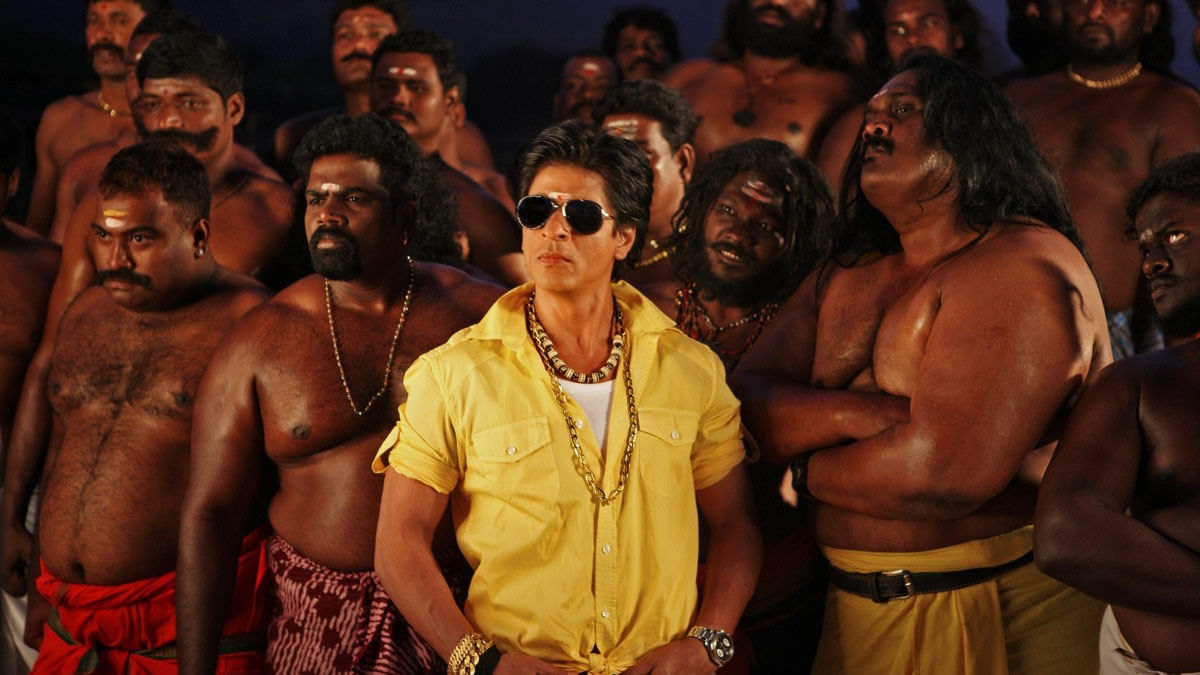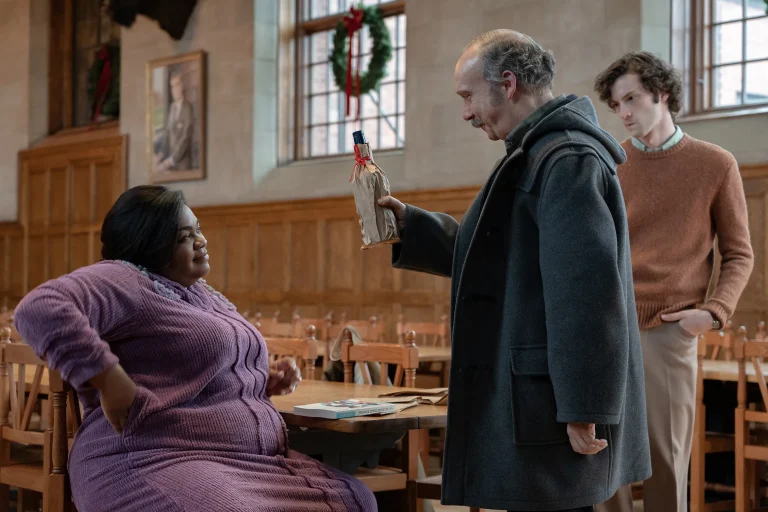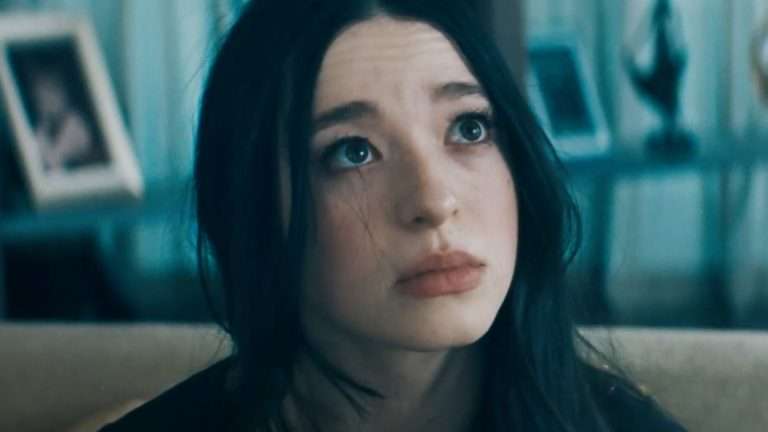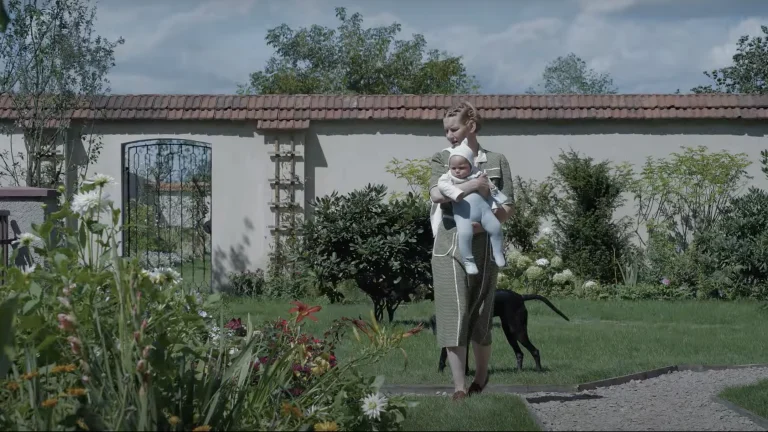The film “Param Sundari” (2025) has made headlines recently, not for its storyline but for its clichéd portrayal of Malayalee identity. But this is neither the first nor the last time the question of cultural appropriation has been raised in the context of cinema. Time and again, the trope of the convergence of two opposite cultures and the conflict arising out of it has been a theme of exploration in Indian cinema. Some of the most successful films exploring this theme have been “Ek Duje ke Liye” (1981), “Chennai Express” (2013), “2 States” (2014), etc.
There have been other movies where this theme appears in passing, like “Hum Hai Rahi Pyar ke” (1993) or “Agneepath” (1990). Many bad films deal with the theme in an amateurish way, like “Don Muthuswami” (2008) and “Khanna & Iyer” (2007), etc. On the other hand, we have a very sensitive look at the cultural difference in the film “Mr. And Mrs Iyer” (2002), where a Bengali Man shields a Tamil Iyer woman in the backdrop of Hindu Muslim communal riots. In most cases, the question of correct casting and authentic representation has been raised, and since this issue has been raised once again, it requires redressal on our part.
North – South as Monolithic Blocks
One of the biggest grievances of such cinema is its categorisation of spaces as North and South without understanding the regional dynamics of the region that provides a specific cultural identity to a space. In most of the above-mentioned movies, including “Param Sundari,” North Indian denotes a Punjabi, defined as happy and lucky, often loud and crass, avid non-vegetarian, and South Indian as traditional, orthodox, often from a Brahmin family, vegetarian. This incompatible set of characteristics provides for conflict, particularly between the two families, who are less accommodating than the younger generation. In “Ek Duje ke Liye,” the conflict starts from the residue of eggs, which is objected to by the Tamil family. These films generally brush these cultures in broad strokes, with these characters living off these stereotypes.
The distinction between Tamil, Telugu, Kannada, and Malayalam is often blurred, and similarly, in “Chennai Express,” a man from Mumbai can sing “Kashmir Main Tu Kanyakumari” even though Mumbai is not even close to North India, nor is he even close to Kashmir geographically. In short, such screenplays are made out of convenience with little regard to the study of culture that is to be represented. Even films that claim to be rooted in real events, such as “Kerala Files” (2023), reduce Kerala to a bundle of clichés—standardized Hindi, jasmine flowers, and coconuts.
We do find some welcome exceptions like in “Qarib Qarib Single” (2017), where the Malayali girl is shown as an urban-bred, modern, middle-aged, widowed woman who breaks the stereotypes associated with both a widowed woman as well as a middle-aged woman. Here too, the North Indian man is shown as a loud and a bit irritating man, as opposed to a demure and dignified woman. And when the main protagonists don’t suffice, films like “Param Sundari” pad the narrative with sidekicks who toss around stereotypical jibes about other cultures—remarks dismissed as harmless humour. A similar device underpinned “Rocky Aur Rani ki Prem Kahani” (2023), where the South was swapped out for a Bengali household, yet the trope endured: North Indians as wealthy but crude, lacking sophistication and progress, qualities conveniently embodied in abundance by the Bengali family.
In some cases, the conflict could be resolved through minor adjustments, as in the case of “Hum hai Rahi Pyar ke” (1993), where the father of the girl insists that the marriage should be conducted according to the Tamil tradition. Other times, it requires elaborate effort on the part of protagonist to win over the family of the other side (like in “2 States” where the male protagonist helps his prospective brother in law and mother in law, or in “Chennai Express,” where the hero fights with the prospective groom to win over the girl, or in “Ek Duje ke liye” where the man learns Hindi to prove to girl’s family).
Also Read: Breaking the Flow: The Interval Economy of Indian Cinema
In “Mr. and Mrs. Iyer,” the Bengali Man pretends to be the husband of the Tamil woman as he is a Muslim who is about to be massacred in the ongoing riots, and she saves him by giving him a fake Hindu identity. The film doesn’t really deal with a love story, but with how circumstances can lead one person to challenge their existing prejudices and biases. In “Agneepath,” despite the cultural and linguistic differences, the main point of conflict was the class identity of Mithun’s Krishnan Iyer vis-à-vis Amitabh’s Vijay Dinanath Chauhan, where the former is a caretaker of the latter and hence not up to the rank of Vijay.
Linguistic Conflict

Language often becomes the central barrier in such narratives—sometimes leading to misunderstandings between protagonists, at other times serving as the very axis of conflict between families, and occasionally both. In “Ek Duuje Ke Liye” (1981), the lovers pursue their romance without truly understanding one another, with the girl even translating a song into English so the boy can grasp its meaning. Ultimately, the linguistic gap itself becomes the source of their tragedy. In “Chennai Express” (2013), the male protagonist initially assumes the heroine cannot understand Hindi, only to realize his mistake and apologize. Yet the real conflict emerges when he misinterprets a challenge due to his lack of linguistic comprehension, a flaw that continues to shape the film’s narrative.
Unlike “Ek Duuje Ke Liye,” the hero in “Chennai Express” never learns the heroine’s language, yet still wins her love—a striking contrast to the earlier film’s tragic insistence on linguistic barriers. Beyond the story, language also raises questions of authenticity in filmmaking itself. Recent examples, such as “Sikander” (2025), highlight this issue: a Kannada woman cast as someone from Rajkot, underscoring how representation often bends to convenience rather than cultural accuracy. It is not that nativity is the primary condition to play such a part, but often Hindi film actresses have been accused of having a fake accent and a stereotypical portrayal. Kannada-born actress Deepika Padukone was not able to portray a Tamil character in “Chennai Express” authentically. Similar concern lies with the film “Param Sundari,” where the lead actress is not able to portray a Malayalam character despite being half Tamil.
Among male portrayals, Mithun’s attempt at playing a Tamil character in both “Agneepath” and “Don Muthuswami” was so clichéd and inauthentic that the latter sank critically, while in the modern remake of “Agneepath,” his character was discarded altogether without leaving a void in the narrative. Similarly, Shah Rukh Khan’s caricatured act in “Ra.One” (2011)—relying on stereotypes like eating noodles with curd and forced references to Rajinikanth—fell flat.
This assumption, that fluency in any one South Indian language is enough to embody a character from anywhere in South India, exposes the cultural ignorance of both filmmakers and actors. Authentic portrayals of South Indian characters are, therefore, rare. Indian cinema still struggles to nurture truly multilingual performers—exceptions like R. Madhavan stand out precisely because he brings an organic ease across languages without slipping into superficiality.
One possible solution lies in thoughtful dubbing or the use of neutral language. Aparna Sen’s “Mr. & Mrs. Iyer” (2002) exemplifies this approach: English serves as the film’s main medium, reflecting its tapestry of diverse backgrounds—a Tamil woman, a Bengali man, a Sikh, a Muslim couple, among others. Konkona Sen Sharma, herself Bengali, inhabits the role of a Tamil Iyer woman with remarkable restraint, never relying on overdone ‘Ayyos’ or ‘Ammas,’ and was rightly recognized with a National Award for Best Actress.
Thus, the crux of the argument is that the authenticity of representation of character tropes in Indian cinema has always been a tightrope to walk upon. Indian cinema has always been enchanted with conflict-ridden narratives, and cultural conflict is one of the significant aspects of the same. However, one needs to be utterly sensitive to the representation of a culture in cinema, as it creates stereotypes about a particular community for a large number of people. Unfortunately, for many Bollywood lovers, we still have a Mehmood from “Padosan” (1968) hangover regarding a character from South India, and we seriously need a new reference point to emulate for our films.







